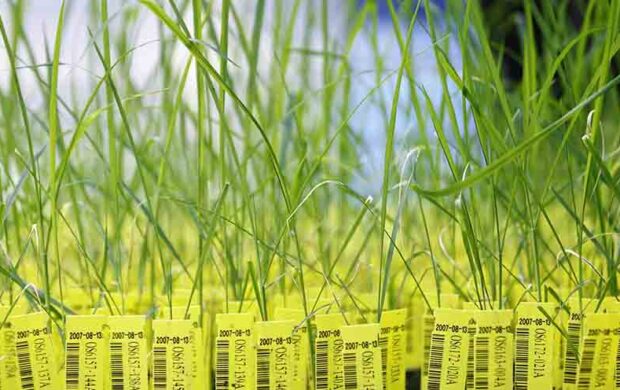By directly working to restore healthy soils, higher levels of vitamins, minerals, and photochemicals have now been found in regenerative agriculture products. “When compared to crops from conventional farms, crops from regenerative agriculture farms had 34% more vitamin K, 15% more vitamin E, 14% more vitamin B1 and 17% more vitamin B2. The regenerative agriculture crops also had 11% more calcium, 16% more phosphorus, and 27% more copper.”

Results of recent studies are just starting to emerge and all of them are indicating the benefits to human health of food grown in regenerative systems.
“Prioritise nutritional benefits to enable healthy diets” was identified by Forum for the Future as one of the key leverage points that could accelerate the transition to regenerative agriculture in the United States.
Regenerative farmers and ranchers are often aware of the improved quality of their products, however, garnering independently verified data to support this is required in order to incentivize farmers to transition to regenerative agriculture, incentivize buyers to source regenerative products, and incentivize consumers to purchase more nutritionally beneficial produce.
So what?
This is still a relatively new (and small) body of evidence and is largely known only within the regenerative agriculture community. Could the evidence that higher nutrient density products support the uptake of regenerative agriculture more broadly?
To see how these different signals across the agriculture system are impacting the future system that we envision, keep an eye out for the upcoming report from
Growing our Future.










Join discussion